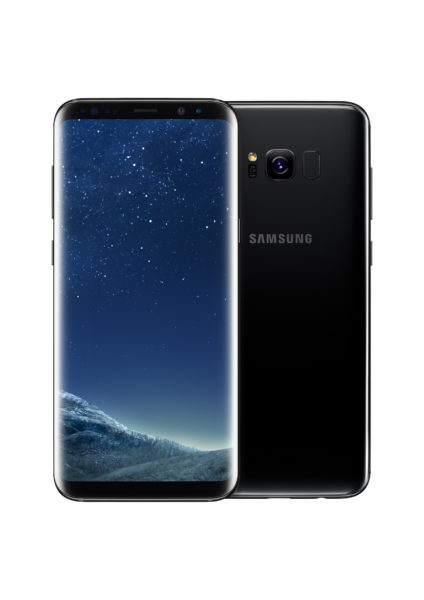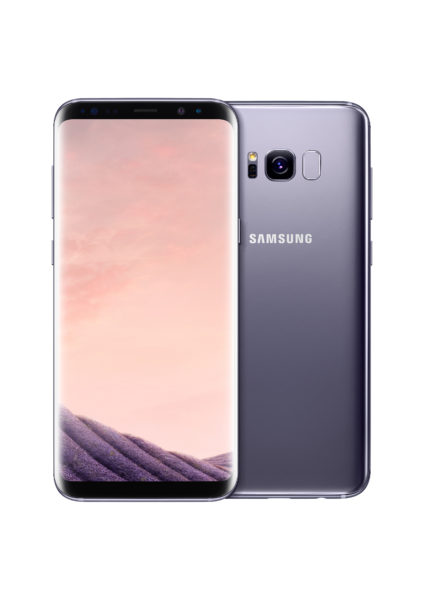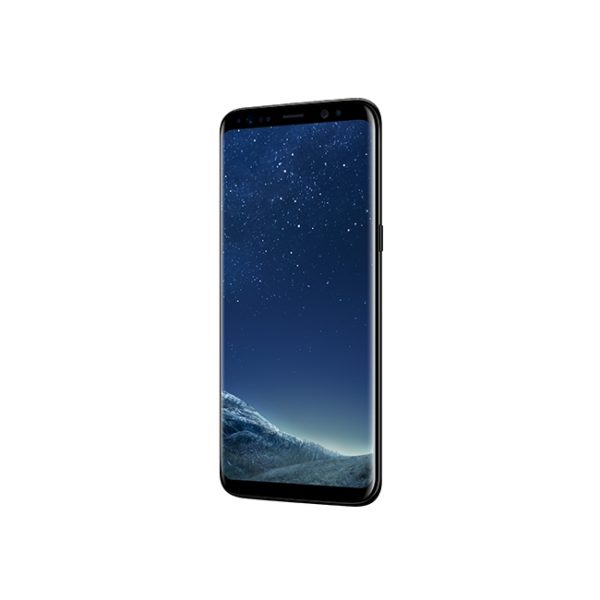
After the debacle of the Galaxy Note7 last year, the next flagship phone from Samsung was always going to be under pressure to win back the confidence of consumers left worried by its quality control.
Going by their looks alone, the Galaxy S8 and S8+ launched yesterday have got off to a good start. Design-wise, the larger screens and similar curved edges offer a sleeker update over last year’s already attractive Galaxy S7 edge.
This year, the two flagships both come with curved edges, something that the Korean electronics giant has managed to sell as a unique feature that others haven’t yet emulated.
The larger Galaxy S8+ offers a generous 6.2-inch screen and has a 3,500mAh battery to keep it running. The more pocketable 5.8-inch Galaxy S8 is likely to be appeal to folks who don’t want a phablet.
Either way, both have their resolutions dialed up to 2,960 x 1,440, an increase from the previous 2,560 x 1,440 on the Galaxy S7. So, the screen is slightly larger but Samsung has bumped up the pixels as well.

The new phones sport the so-called Infinity Screen that makes the front of the phones look almost like a single piece of glass. While other phone makers may boast of an ultra-slim bezel or all-glass front panel, Samsung’s presentation is arguably sleeker with its borders removed.
The “full-frontal” screen also does away with the Home button and replaces it with an always-on Home icon on the screen. The virtual button completes an attractive first impression.
Samsung now also enables users to configure the virtual navigation buttons. That means you can get your Back icon on the left and Recent Apps icon on the right – the default Android way – instead of Samsung’s opposite order.
The other big feature comes in the form of the cameras. Now a dual-pixel affair, the rear camera offers 12 megapixels, optical image stabilisation and a handy f1.7 setting for low-light settings. Even the front camera, used often for selfies, offers f1.7 and takes pictures at 8 megapixels.
With music, too, it seems that Samsung is belatedly taking an interest in making audio a priority. While LG has worked with B&O to much success (read our V20 review), Samsung is working with AKG to bring earphones tuned by the well-liked Austrian headphone maker.
Out of the box, Galaxy S8 and S8+ will play back 32-bit PCM and DSD64/128 tracks using the high-quality audio formats favoured by audiophiles. For the first time, the new Samsung phones aim to double up as a credible high-res audio player.

To get things moving smoothly, they also bring the latest octa-core processors with them. Made now with a 10-nanometre process, the new chips promise to be more powerful yet use less battery. The claim has to be tested, but PC CPU makers have routinely shrunk the die and managed similar improvements.
Each phone will also come with 4GB RAM, the upper limit for most flagships now, as well as 64GB of storage onboard. You can pop in a microSD card that carries as much as 256GB of movies and songs, of course.
As before, the new gizmos are resistant to water (up to the IP68 standard), so you can bring them on your runs or use them by the pool.
What Samsung has done with the Galaxy S8 and S8+ is not just pop in everything else that rivals have and ramp up the design.
While past flagships always had some clear missteps, such as the annoying software interface on the Galaxy S7 (replaced now with a cleaner version), or the lack of a microSD card slot on the Galaxy S6, there doesn’t seem to be a clear deal breaker at first glance.
Well, except if the battery explodes. In trying to fix that on the new phone, Samsung knows it is rolling out what is possibly its most important device in years.
Coming after the issue with the Galaxy Note7, it has to get its game on. Out in Singapore in April, the Galaxy S8 and S8+ will determine how well it does, not just this year but in the years ahead.
UPDATE at 05/04/2017, 1:06pm: The Galaxy S8 will cost S$1,148 and the Galaxy S8+ will go for S$1,298. Registration of interest and pre-orders will be on April 7 and the phones will be out on April 29.






